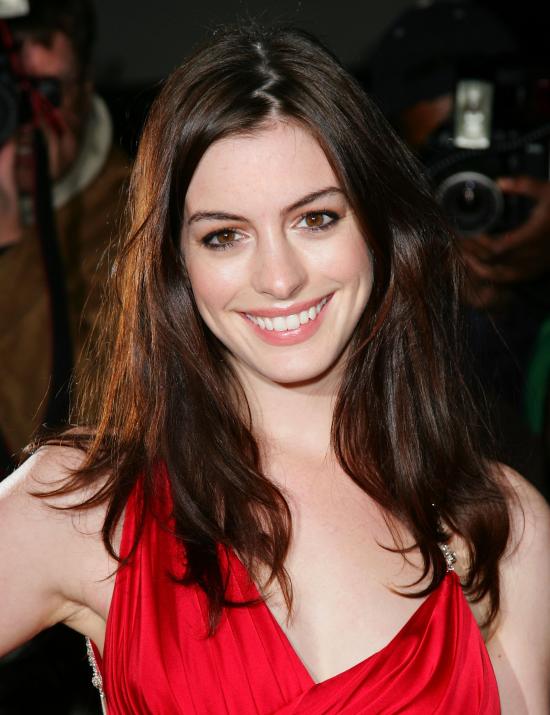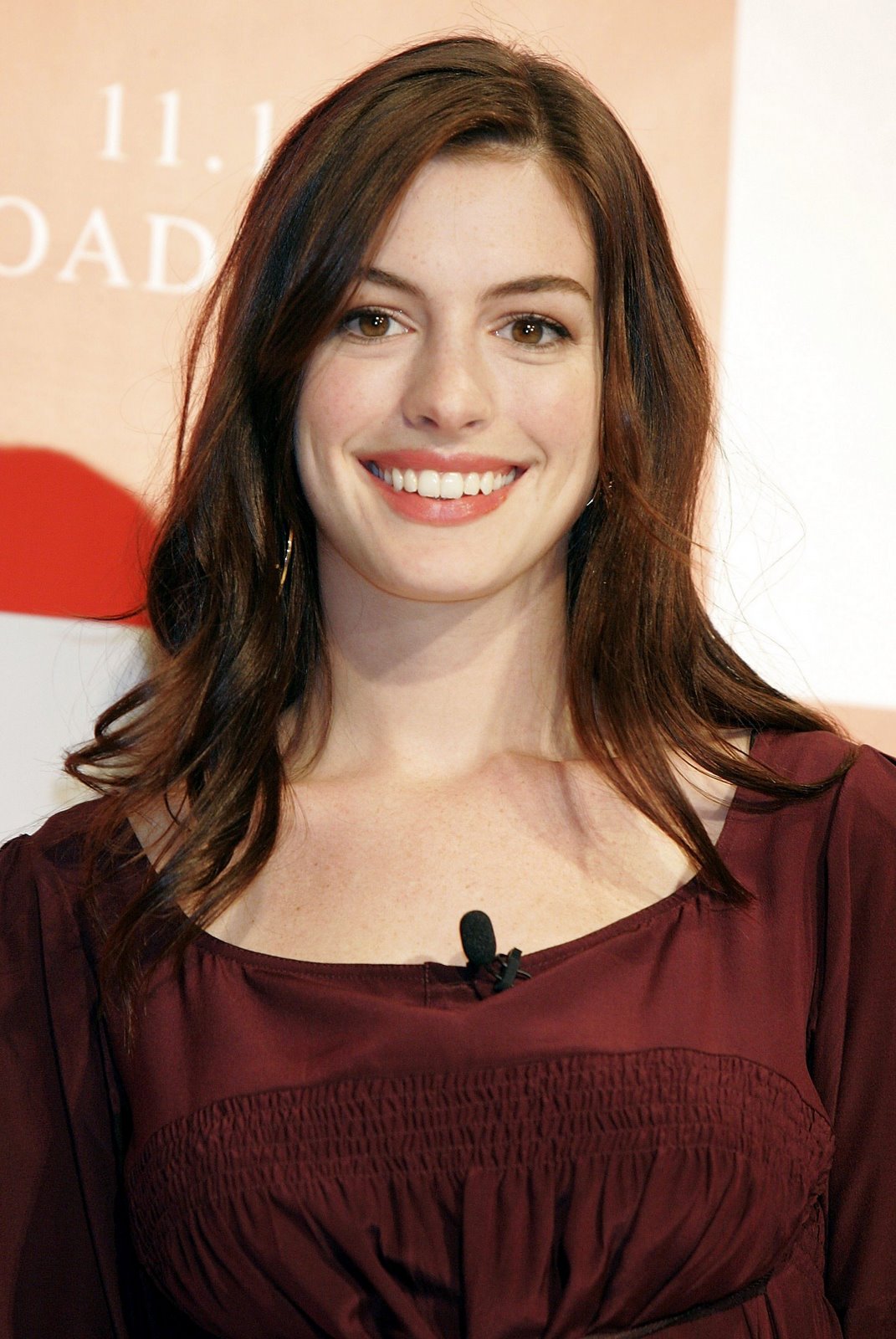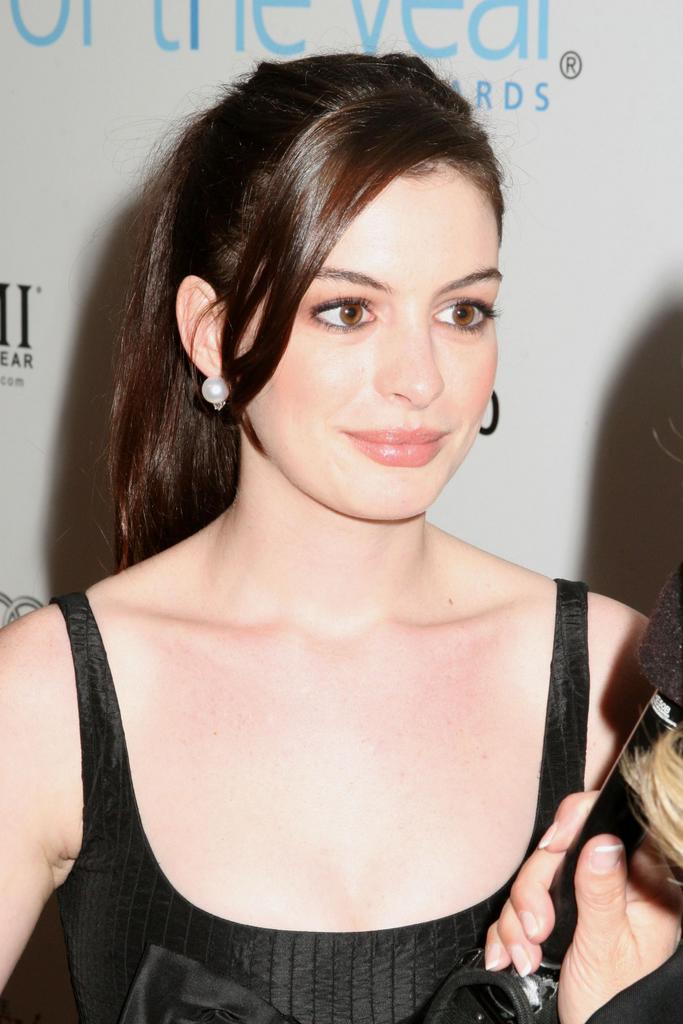 "As I slowly peeled away the jacket, the seductive image of a woman in a blood-red dress stood before me."
"As I slowly peeled away the jacket, the seductive image of a woman in a blood-red dress stood before me."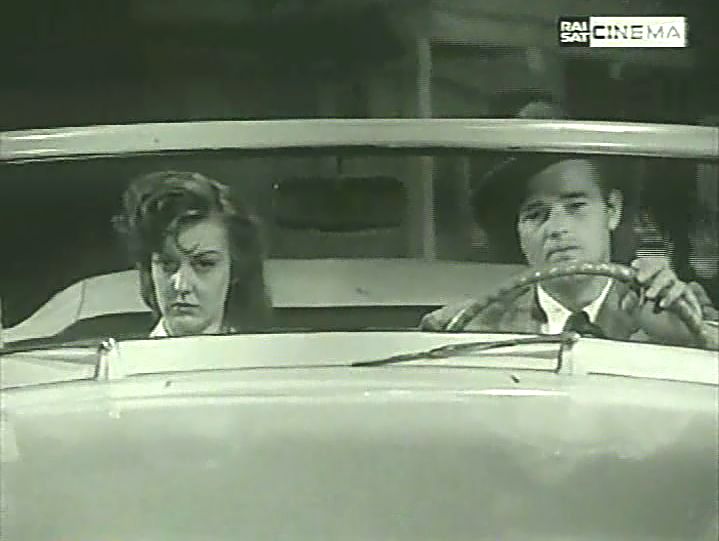 "Roger Ebert calls film noir “the most American film genre, because no society could have created a world so filled with doom, fate, fear, and betrayal, unless it were essentially naive and optimistic.”
"Roger Ebert calls film noir “the most American film genre, because no society could have created a world so filled with doom, fate, fear, and betrayal, unless it were essentially naive and optimistic.”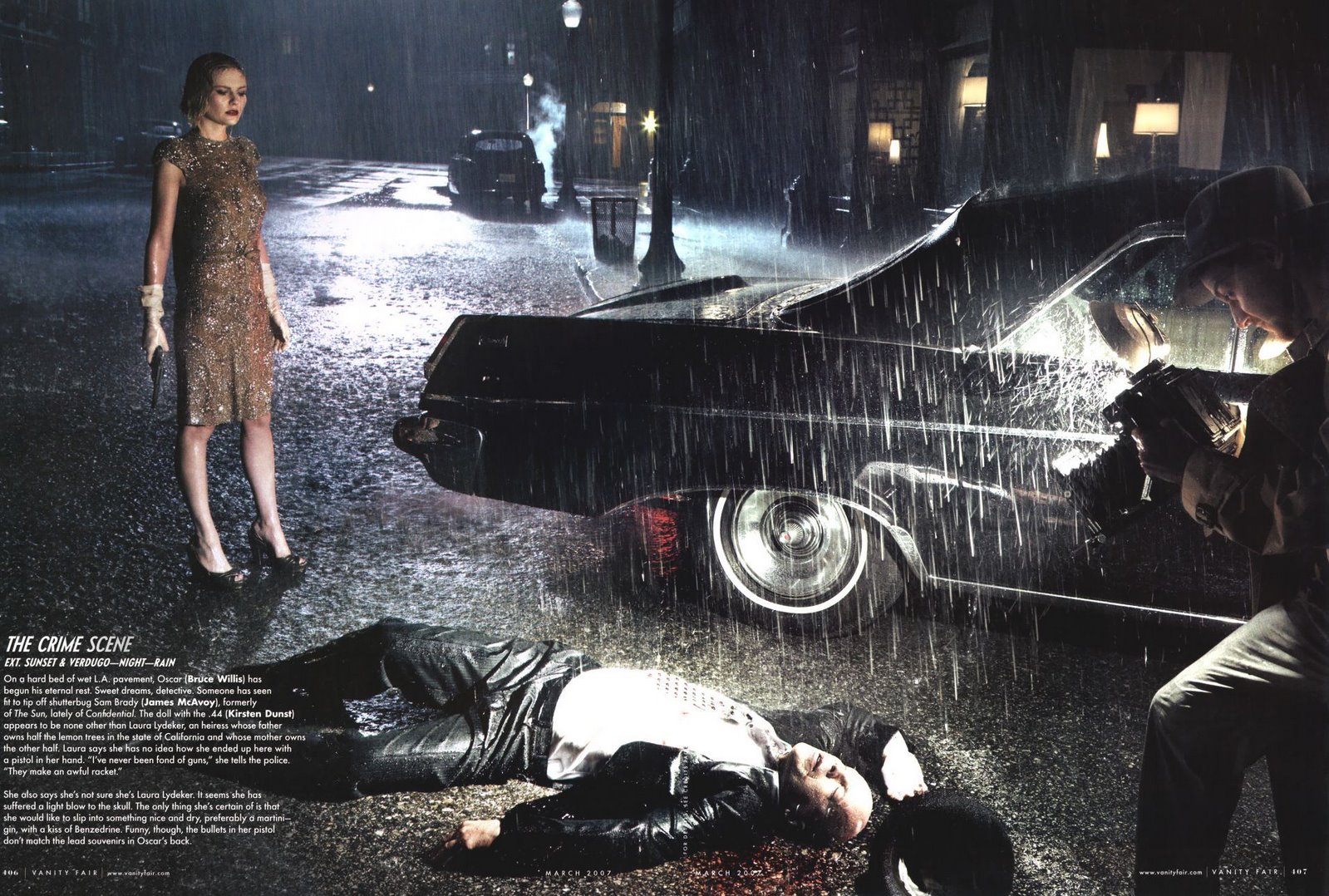 The film noir world is one of sharp-edged shadows, strange angles, and lonely settings."
The film noir world is one of sharp-edged shadows, strange angles, and lonely settings." Source: http://webdelsol.com
 "According to Krutnik, the ‘noir’ text deals, typically, with issues of alienation and isolation in the individual protagonist, whilst also reflecting wider social concerns. This essay examines two texts of the 1950’s described as ‘noir’, both of which deal, in very different ways, with anxieties about consumer culture, identity, and the invalidity of the American Dream.
"According to Krutnik, the ‘noir’ text deals, typically, with issues of alienation and isolation in the individual protagonist, whilst also reflecting wider social concerns. This essay examines two texts of the 1950’s described as ‘noir’, both of which deal, in very different ways, with anxieties about consumer culture, identity, and the invalidity of the American Dream.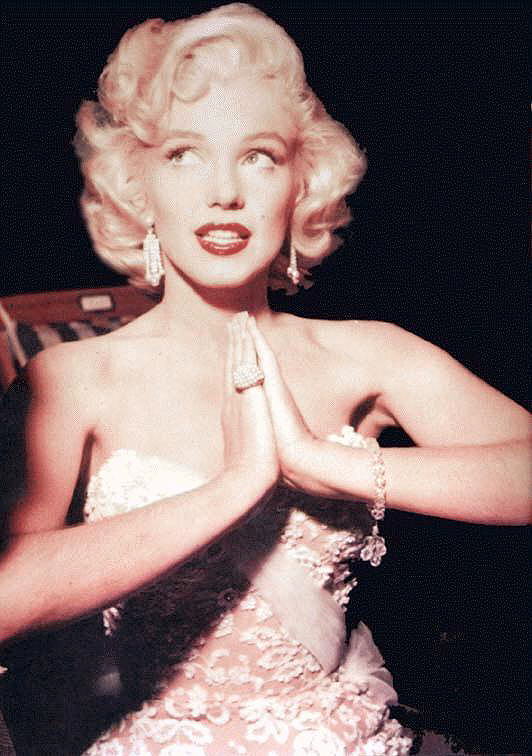 Although written in 1954, Goodis’ "The Blonde on the Street Corner" deals, retrospectively, with depression-era 1930’s America.
Although written in 1954, Goodis’ "The Blonde on the Street Corner" deals, retrospectively, with depression-era 1930’s America.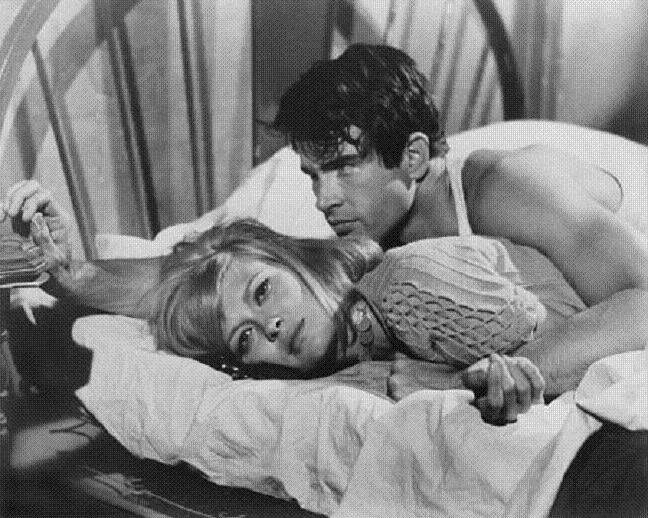 Goodis is able to create the bleak and hopeless atmosphere necessary for his noirish portrait of fragmented masculine identity, and individual alienation from society.
Goodis is able to create the bleak and hopeless atmosphere necessary for his noirish portrait of fragmented masculine identity, and individual alienation from society. Modern mass consumption brought even darker visions of an American matriarchy.
Modern mass consumption brought even darker visions of an American matriarchy.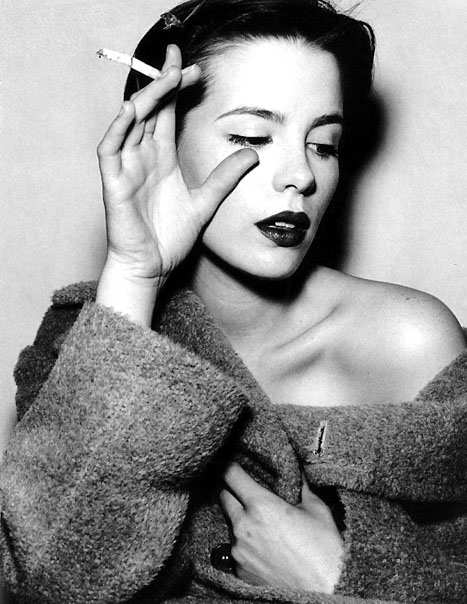 Destructive of men, of families, ultimately of the very culture that was supposed to be her special domain, modern American women were “consuming” in every sense of the word.
Destructive of men, of families, ultimately of the very culture that was supposed to be her special domain, modern American women were “consuming” in every sense of the word.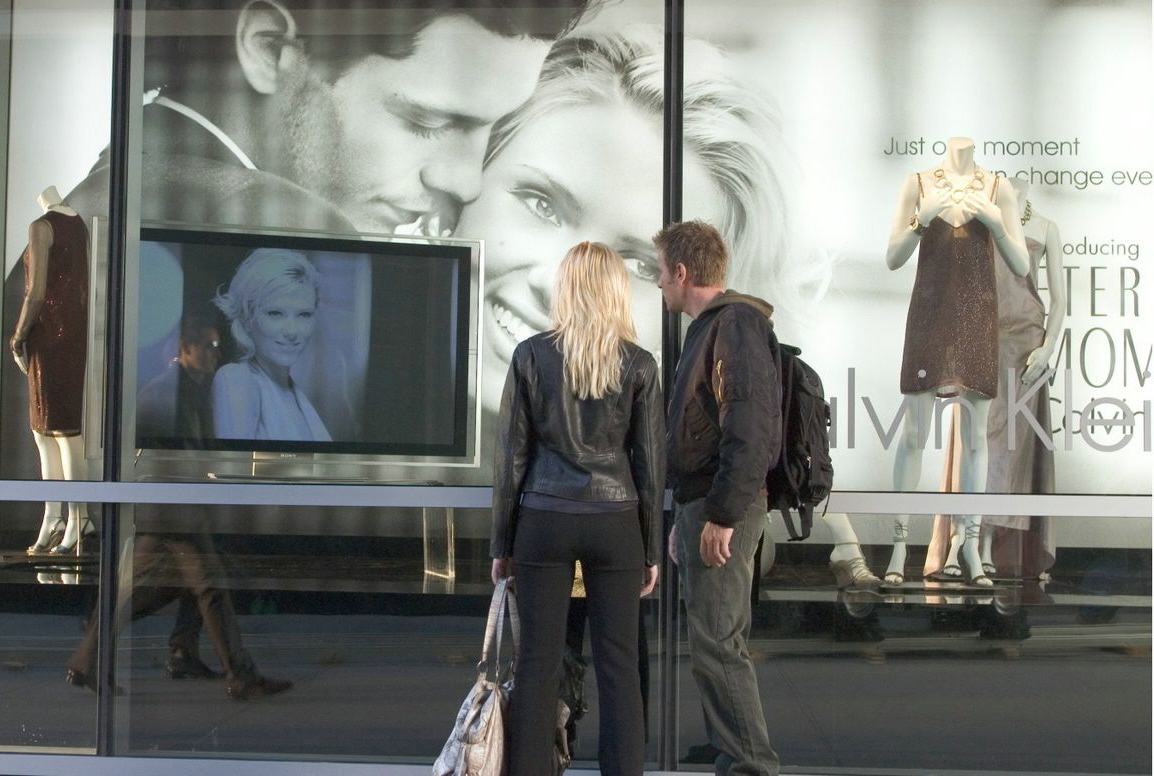 This nightmarish vision of female consumerism can be seen reflected throughout "The Blonde on the Street Corner".
This nightmarish vision of female consumerism can be seen reflected throughout "The Blonde on the Street Corner".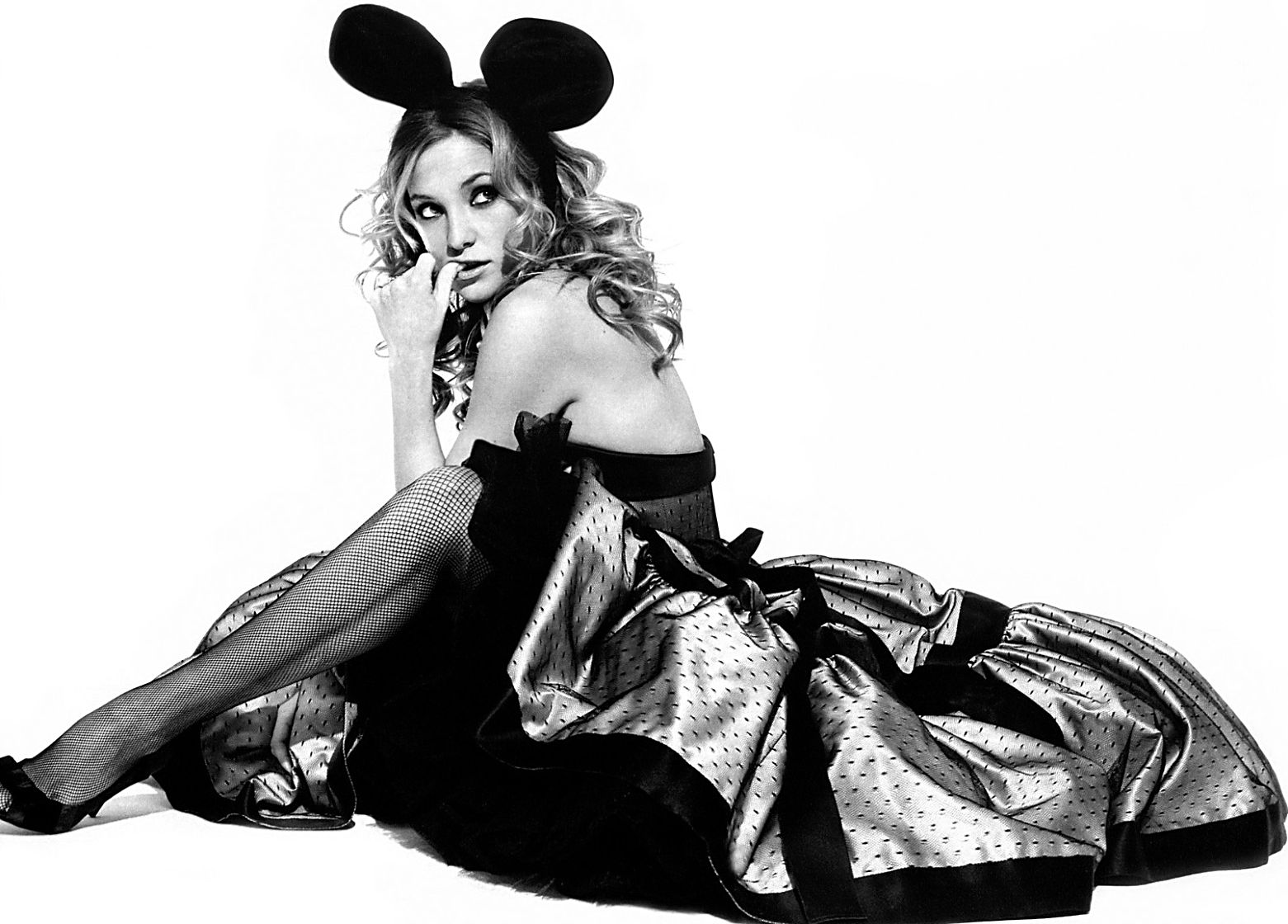 Krutnik confirms that this confused attitude towards women is a common characteristic of Noir protagonists experiencing crises of masculine identity.
Krutnik confirms that this confused attitude towards women is a common characteristic of Noir protagonists experiencing crises of masculine identity. He states that ‘not only do such heroes quite clearly have problems in ‘relating’ to women but they also subject them to a chaotic process of both overvaluation
He states that ‘not only do such heroes quite clearly have problems in ‘relating’ to women but they also subject them to a chaotic process of both overvaluation (of their sexuality) and devaluation (of their subjectivity). Consequently, they find it difficult to stabilise their own identities. When understood in
(of their sexuality) and devaluation (of their subjectivity). Consequently, they find it difficult to stabilise their own identities. When understood in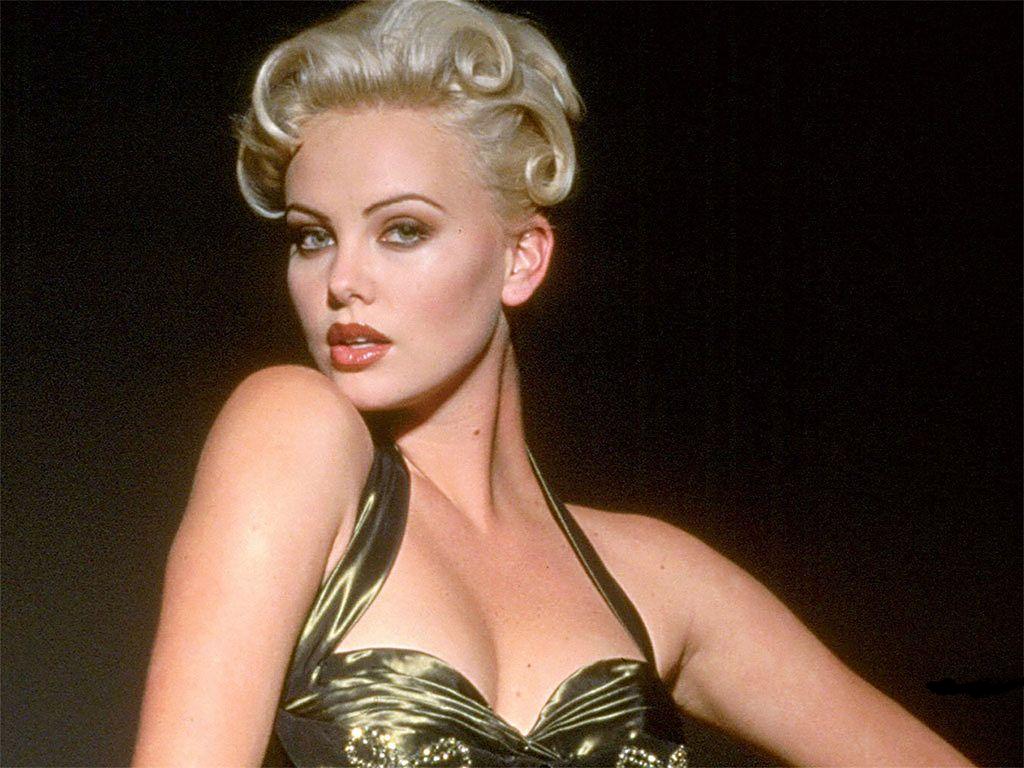 this way, Goodis’ portrayal of the women in the text as exaggerated caricatures, begins to make sense.
this way, Goodis’ portrayal of the women in the text as exaggerated caricatures, begins to make sense. Goodis is also subverting and developing the characteristics of the noir tradition in which he writes, taking to extremes the already established conventions of the genre.
Goodis is also subverting and developing the characteristics of the noir tradition in which he writes, taking to extremes the already established conventions of the genre.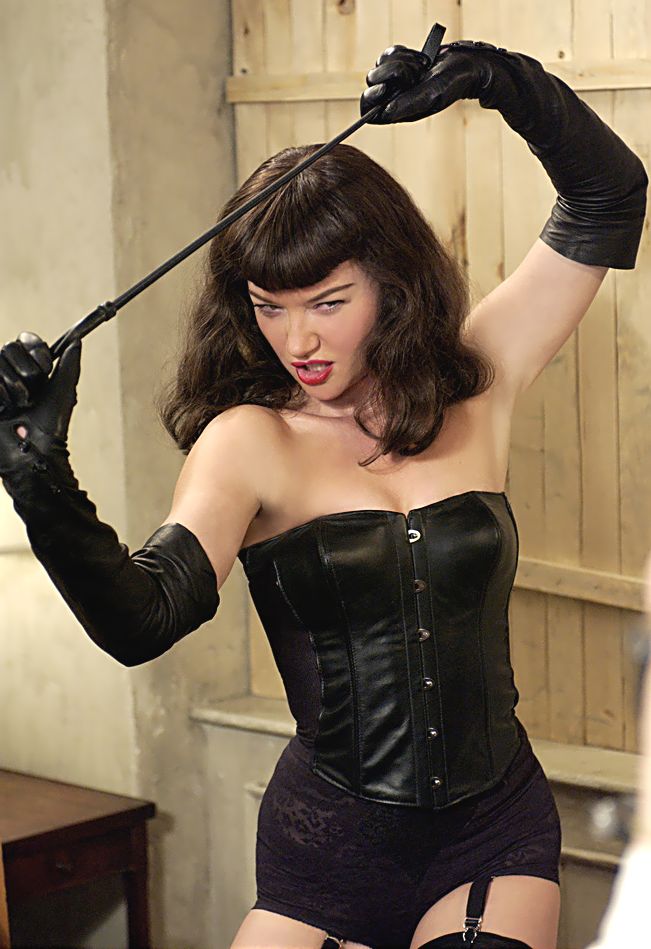 Generally characterised by the makeup, long hair and phallic images (such as cigarettes and guns) that signify her overt and slightly threatening sexuality, she induces male unease precisely because of the ‘unnatural’ sexuality that makes her attractive in the first place.
Generally characterised by the makeup, long hair and phallic images (such as cigarettes and guns) that signify her overt and slightly threatening sexuality, she induces male unease precisely because of the ‘unnatural’ sexuality that makes her attractive in the first place. Place’s observations relate mainly to the more understated portrayals of dangerous women found in earlier noir films and texts, but they could also be useful when looking at Goodis’ Lenore, who can be seen to function throughout the text as an exaggerated parody of the conventional ‘spider woman’.
Place’s observations relate mainly to the more understated portrayals of dangerous women found in earlier noir films and texts, but they could also be useful when looking at Goodis’ Lenore, who can be seen to function throughout the text as an exaggerated parody of the conventional ‘spider woman’.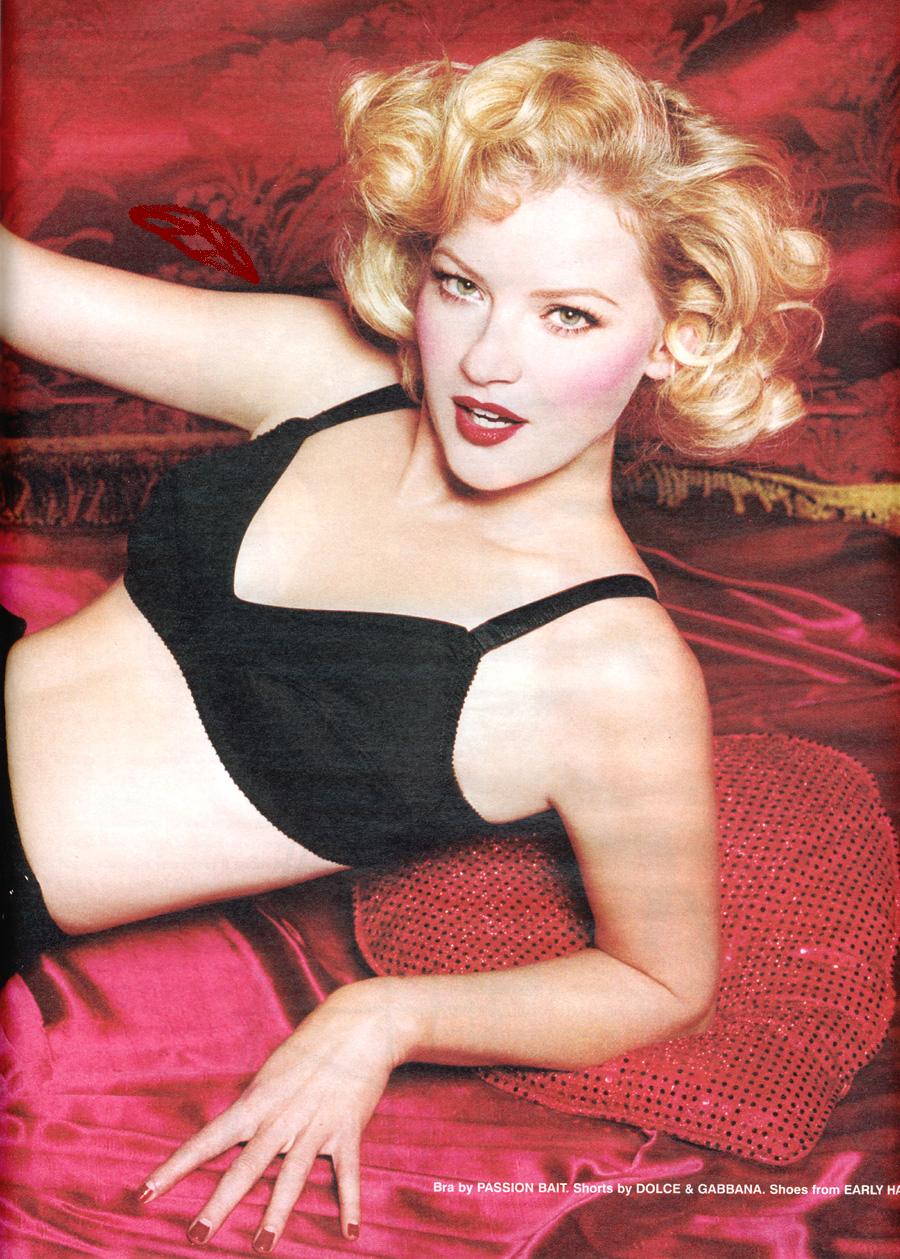 Unlike the traditional femme fatale, whose allure is only partly constructed through makeup and hair dye, Lenore’s beauty is revealed to be entirely artificial.
Unlike the traditional femme fatale, whose allure is only partly constructed through makeup and hair dye, Lenore’s beauty is revealed to be entirely artificial.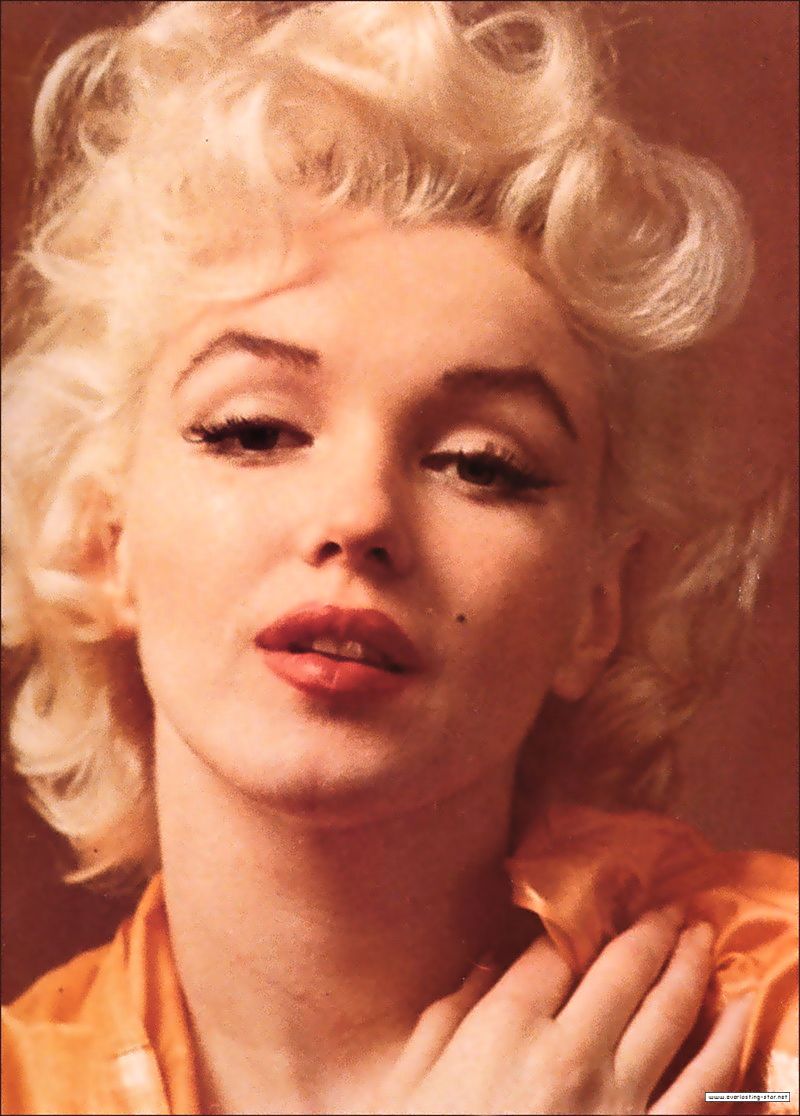 She is described as ‘a ripe blonde who used peroxide on her hair and too much lipstick and mascara’, and she induces ‘an unclean feeling’ in the male onlooker.
She is described as ‘a ripe blonde who used peroxide on her hair and too much lipstick and mascara’, and she induces ‘an unclean feeling’ in the male onlooker.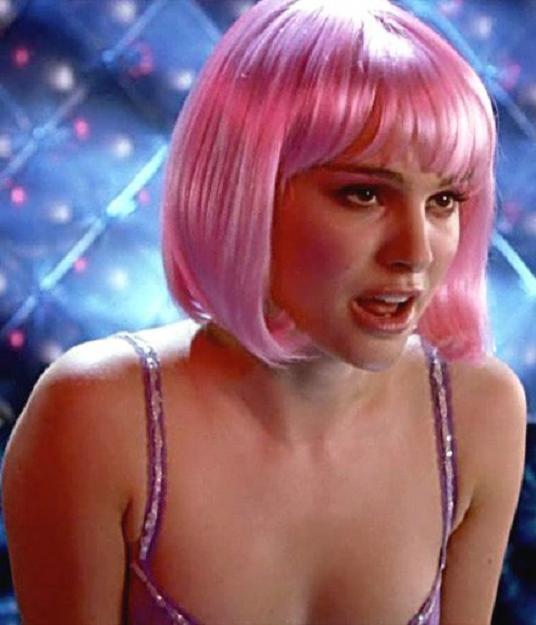 In effect, the text plays with the idea that the femme fatale often acts as a site of juxtapositioned male fantasy and fear, presenting the reader with a character who is overtly, grotesquely, frightening and sexual.
In effect, the text plays with the idea that the femme fatale often acts as a site of juxtapositioned male fantasy and fear, presenting the reader with a character who is overtly, grotesquely, frightening and sexual.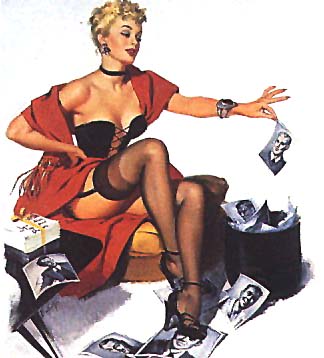 Lenore is presented as a consumer of men, and it is this aspect of her character that proves most threatening to the male protagonist.
Lenore is presented as a consumer of men, and it is this aspect of her character that proves most threatening to the male protagonist.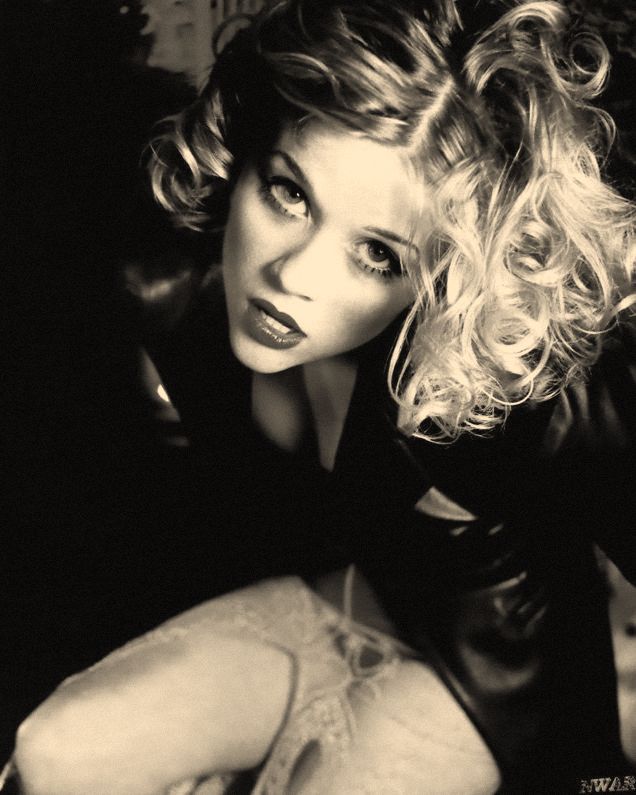 Cowie argues that male anxieties about devouring women threatening masculine identity often found in noir texts, stem more from psychic unease than social reality– a fact that Goodis makes clear in his over-the-top portrayal of male paranoia in a depression-era nightmare.
Cowie argues that male anxieties about devouring women threatening masculine identity often found in noir texts, stem more from psychic unease than social reality– a fact that Goodis makes clear in his over-the-top portrayal of male paranoia in a depression-era nightmare. If Lenore (and indeed, her prototype, the conventional femme fatale) is taken to represent Rosenberg’s ‘modern woman’, the face of the new consumer society in America, then the ‘nurturing woman’ who acts as her opposite could perhaps be seen as a representative of the old, producer orientated society that the rise of consumerism was threatening to destroy.
If Lenore (and indeed, her prototype, the conventional femme fatale) is taken to represent Rosenberg’s ‘modern woman’, the face of the new consumer society in America, then the ‘nurturing woman’ who acts as her opposite could perhaps be seen as a representative of the old, producer orientated society that the rise of consumerism was threatening to destroy.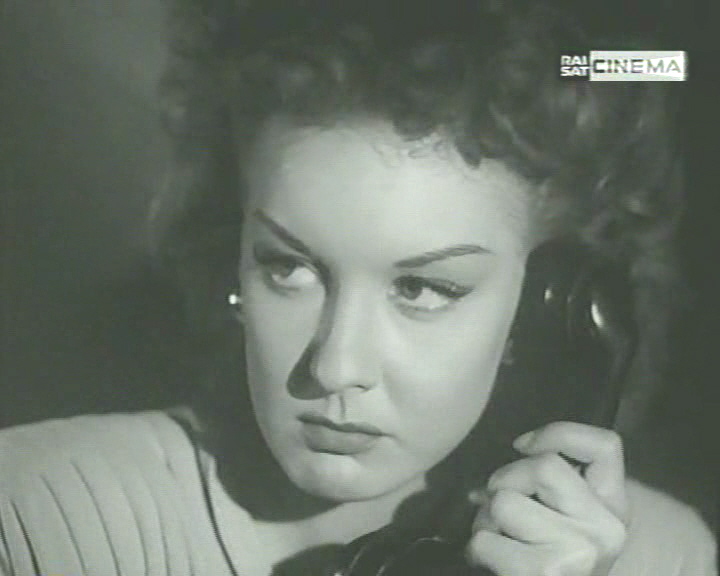 The destruction of the femme fatale at the end of ‘typical’ noir films and texts points to a mainstream audience desire for the restoration of order, which can be seen in the form of the conventional, reassuringly traditional nurturing woman. By allowing Lenore to triumph, Goodis effectively turns this noir convention on its head.
The destruction of the femme fatale at the end of ‘typical’ noir films and texts points to a mainstream audience desire for the restoration of order, which can be seen in the form of the conventional, reassuringly traditional nurturing woman. By allowing Lenore to triumph, Goodis effectively turns this noir convention on its head. The mood of nihilistic despair that pervades the text makes it clear that the consumption-based future, for Goodis, is bleak." -Emma Turzynski, Lancaster University. Source:www.Crimeculture.com
The mood of nihilistic despair that pervades the text makes it clear that the consumption-based future, for Goodis, is bleak." -Emma Turzynski, Lancaster University. Source:www.Crimeculture.com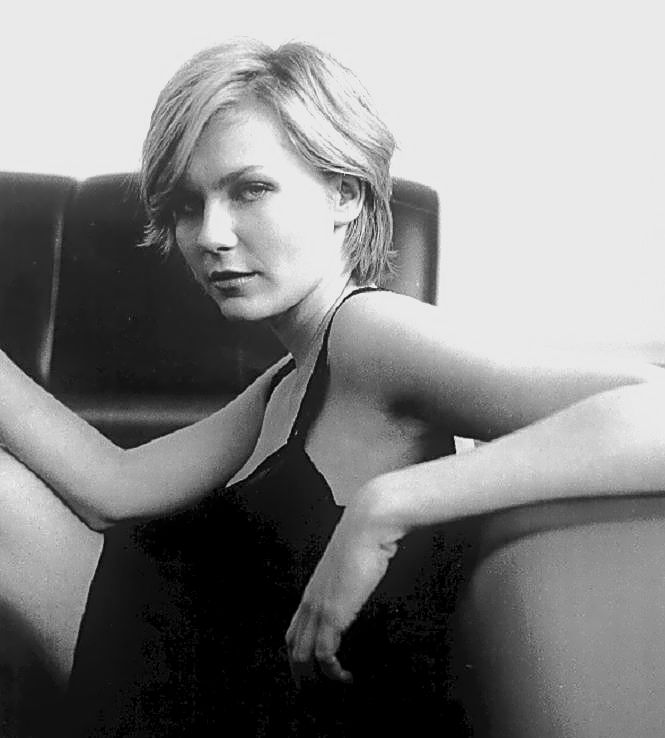
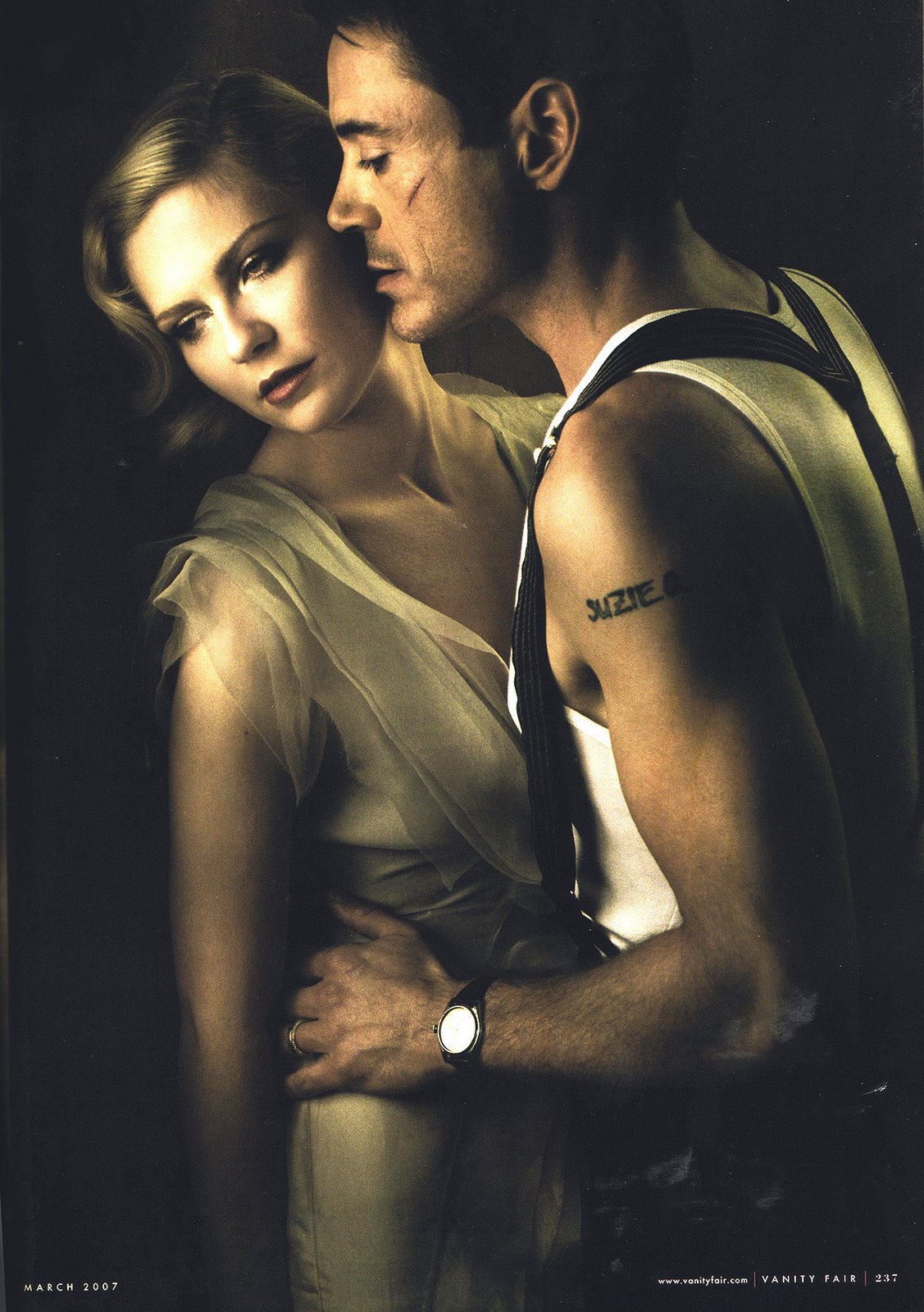 No arts were more closely allied with noir than photography and jazz. Arthur "Weegee" Fellig was the most flamboyant of the extraordinary crime photographers who explored the seedy side of noir's mise en scène and established its visual vocabulary at New York's "Daily News" in the 1930's and 40's.
No arts were more closely allied with noir than photography and jazz. Arthur "Weegee" Fellig was the most flamboyant of the extraordinary crime photographers who explored the seedy side of noir's mise en scène and established its visual vocabulary at New York's "Daily News" in the 1930's and 40's. Versions of Weegee's subjects turn up as extras and bit players on the periphereies of noir, scrubbing floors in the back ground of "Mildred Pierce" (1945), cleaning offices and running elevators in "Double Indemnity".
Versions of Weegee's subjects turn up as extras and bit players on the periphereies of noir, scrubbing floors in the back ground of "Mildred Pierce" (1945), cleaning offices and running elevators in "Double Indemnity". A notorious con man, a heroin addict "always in a panic" as he once described himself, no stranger to the police bust or the mental institution, dying young but exhausted at 34 in 1955, [Charlie] Parker seemed the incarnation of noir's most extravagantly romantic impulses.
A notorious con man, a heroin addict "always in a panic" as he once described himself, no stranger to the police bust or the mental institution, dying young but exhausted at 34 in 1955, [Charlie] Parker seemed the incarnation of noir's most extravagantly romantic impulses.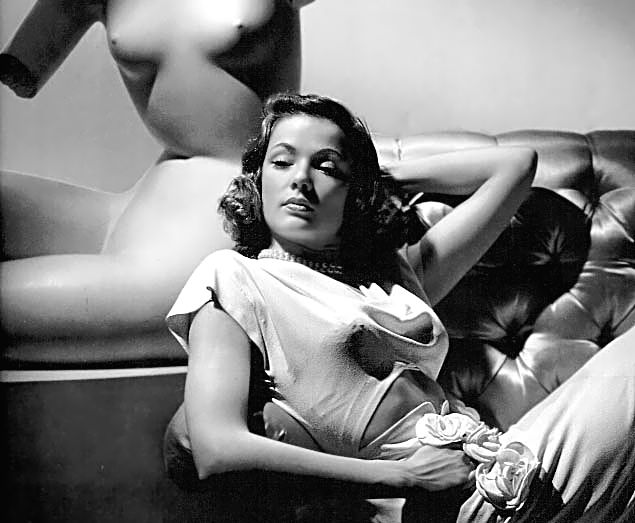 An avid moviegoer, he improvised his own lush yet nervous virtuoso version of the title song of "Laura", by David Raksin and Johnny Mercer.
An avid moviegoer, he improvised his own lush yet nervous virtuoso version of the title song of "Laura", by David Raksin and Johnny Mercer.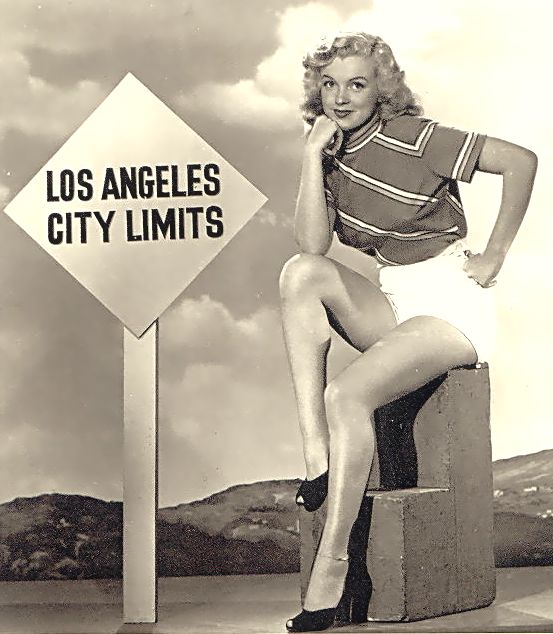 Noir was eclipsed in the late 1950s by the melodramatic Actors Studio case studies of pampered young males in a new kind of definitively post-Depression crisis, and by science-fiction fantasies, about nuclear fallout and outer space, subjects noir, largely a city-bound genre and certainly an earthbound one, was not equipped to address. Yet after its apparent demise in the 1960's, noir made a brilliant comeback in the 1970's, led by Martin Scorsese, Francis Ford Coppola, and
Noir was eclipsed in the late 1950s by the melodramatic Actors Studio case studies of pampered young males in a new kind of definitively post-Depression crisis, and by science-fiction fantasies, about nuclear fallout and outer space, subjects noir, largely a city-bound genre and certainly an earthbound one, was not equipped to address. Yet after its apparent demise in the 1960's, noir made a brilliant comeback in the 1970's, led by Martin Scorsese, Francis Ford Coppola, and
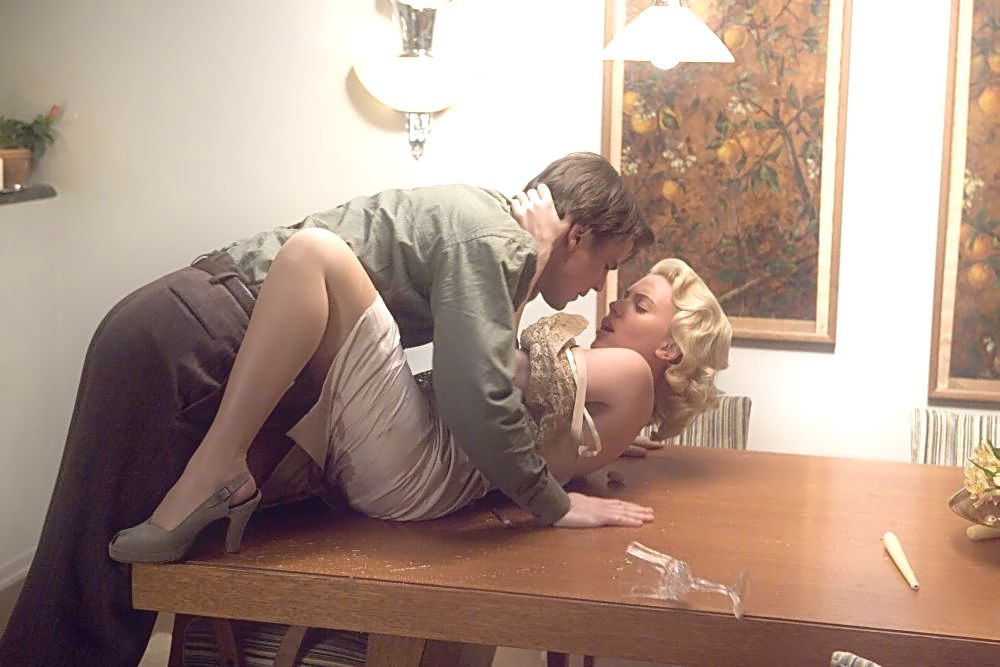 Brian De Palma, a neo-noir vogue still flourishing today. Noir serves as a screen memory for its times [...] remembering a part of it but not the whole, focusing on the corner but not the room, the angle of light but not the object in it. A screen memory records the unmistakable residue of a loss, a catastrophe denied."
Brian De Palma, a neo-noir vogue still flourishing today. Noir serves as a screen memory for its times [...] remembering a part of it but not the whole, focusing on the corner but not the room, the angle of light but not the object in it. A screen memory records the unmistakable residue of a loss, a catastrophe denied."-extracts from "Day Into Noir" article by Ann Douglas for "Vanity Fair", March 2007.
"Film noir has its roots in German expressionism, during the pre-World War II days. [...]
"Brick", though contemporary audiences may not recognize it, comes from a long line of progenitors. Those who enjoyed this movie but have never seen "The Maltese Falcon", "Casablanca", "Key Largo", "The Big Sleep" and "High Sierra" should raid local video rental stores to find them. Those were the films that set this particular bar.
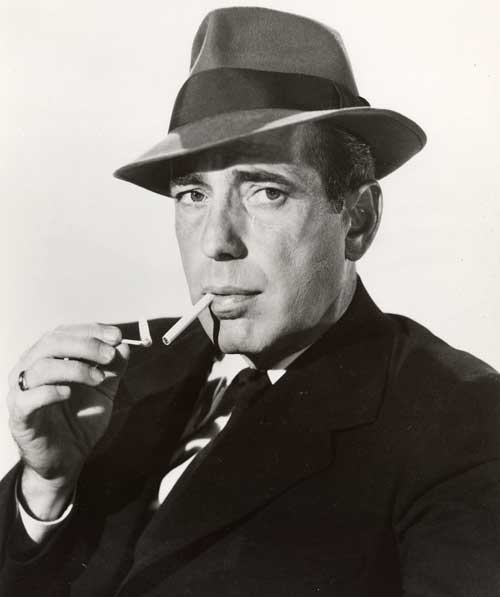 Film noir always has the loner hero, a man who must walk down mean streets even though he himself is not mean. With those words, Raymond Chandler launched a thousand novelist and film careers.
Film noir always has the loner hero, a man who must walk down mean streets even though he himself is not mean. With those words, Raymond Chandler launched a thousand novelist and film careers.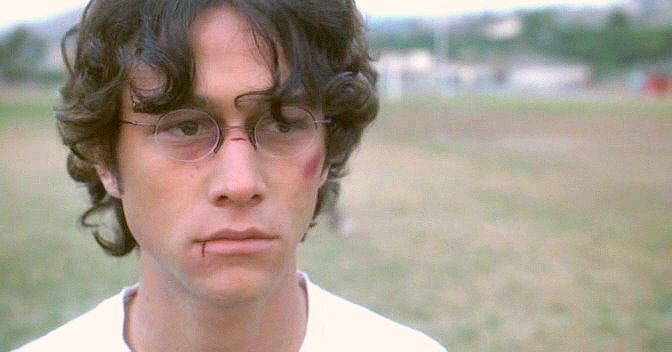 In "Brick", Brendan Frye (Joseph Gordon-Levitt) is the loner hero, set apart from the rest of high school. Although the viewer doesn’t know exactly what it is that has set Brendan apart, the fact that he exists separately resonates throughout the tale. He’s possessed of dogged determination and he’s loyal.
In "Brick", Brendan Frye (Joseph Gordon-Levitt) is the loner hero, set apart from the rest of high school. Although the viewer doesn’t know exactly what it is that has set Brendan apart, the fact that he exists separately resonates throughout the tale. He’s possessed of dogged determination and he’s loyal.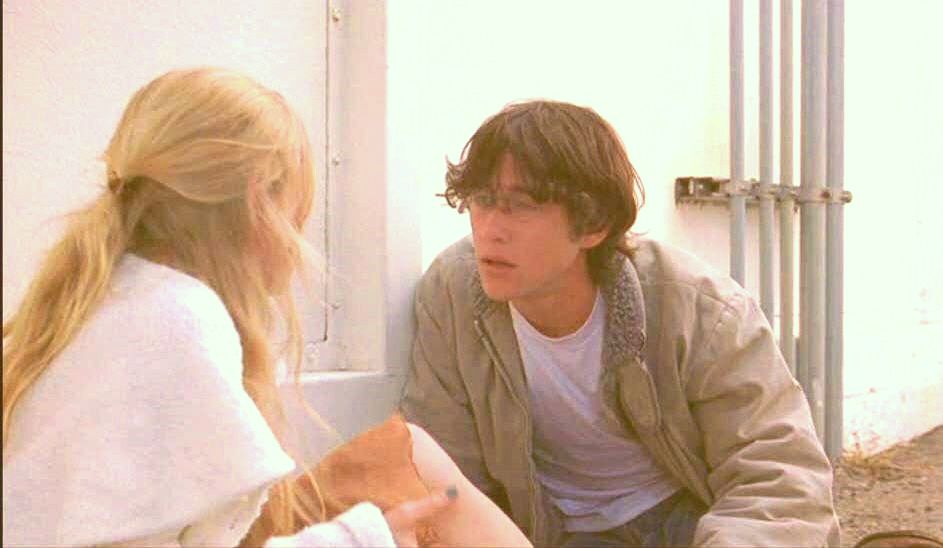 He’s also hurting from the rejection of his girlfriend, Emily (Emilie de Ravin). She told him she wasn’t like him, that she couldn’t just cast herself off from the rest of the crowd and exist independently.
He’s also hurting from the rejection of his girlfriend, Emily (Emilie de Ravin). She told him she wasn’t like him, that she couldn’t just cast herself off from the rest of the crowd and exist independently.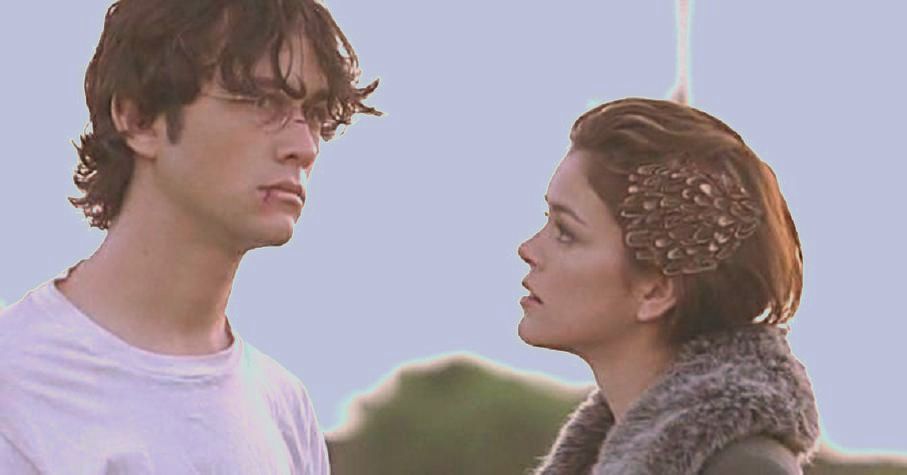 Holding true to his love and his sense of honor, Brendan begins tracking Emily’s killer. He enlists the aid of the Brain (Matt O’Leary), a young geek who – like Brendan – is a loner, but not quite as alone as Brendan.
Holding true to his love and his sense of honor, Brendan begins tracking Emily’s killer. He enlists the aid of the Brain (Matt O’Leary), a young geek who – like Brendan – is a loner, but not quite as alone as Brendan. Laura (Nora Zehetner) – the femme fatale who knows
Laura (Nora Zehetner) – the femme fatale who knows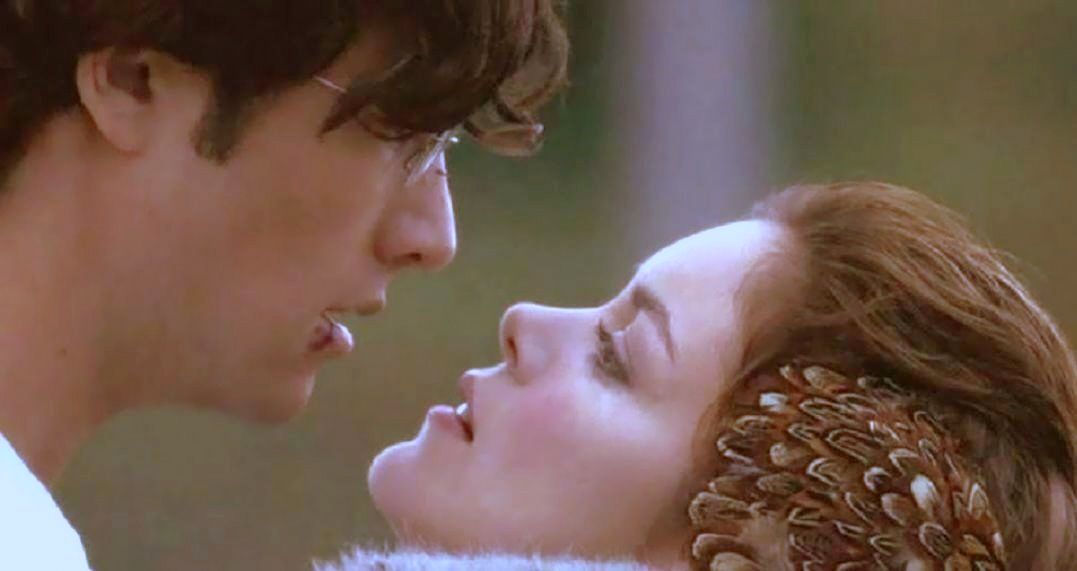 enough to get Brendan in even worse trouble and wants him for herself." -by Mel Odom.
enough to get Brendan in even worse trouble and wants him for herself." -by Mel Odom.Source: http://Blogcritics.org
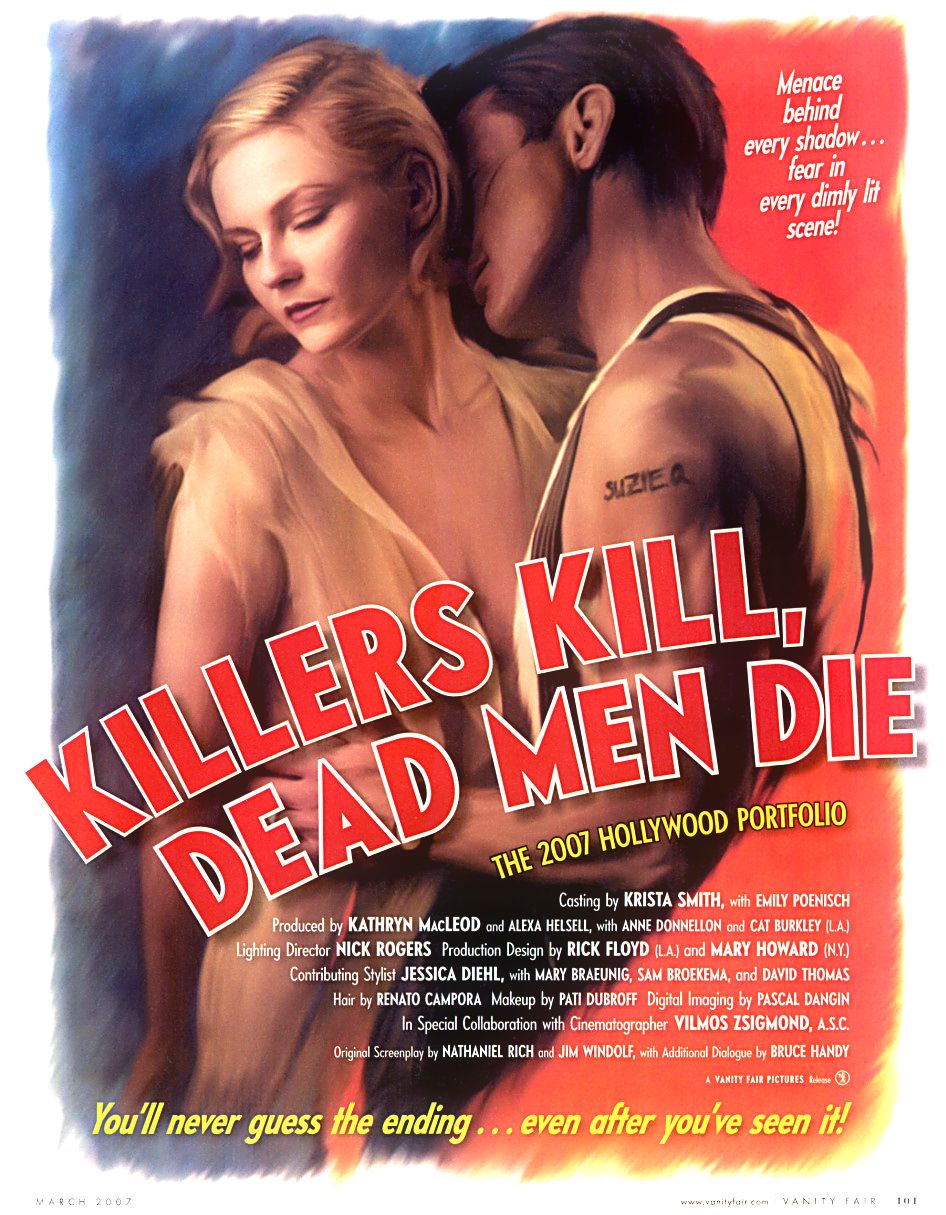
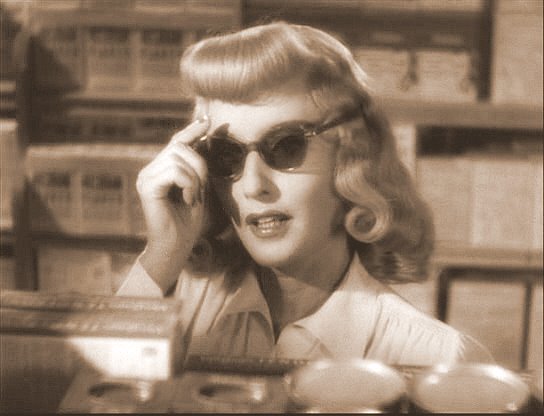
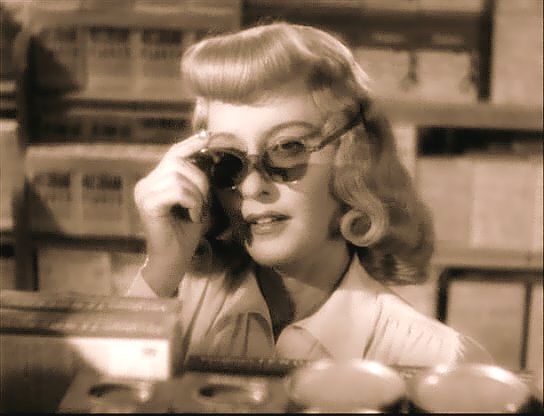
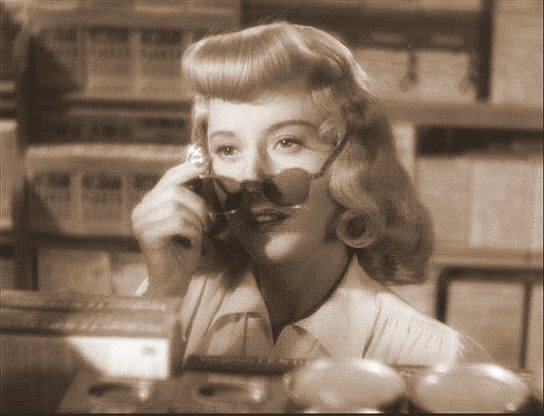
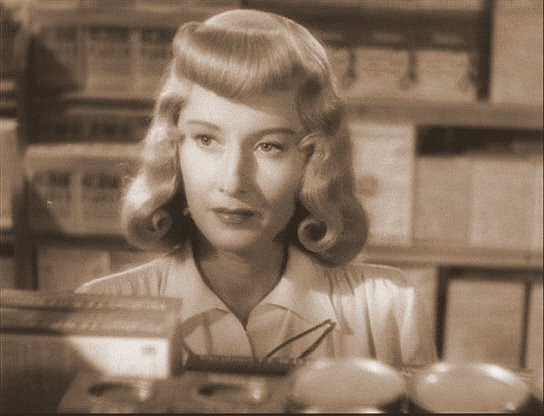
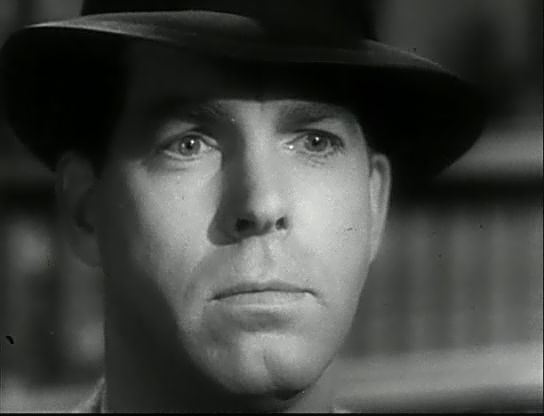
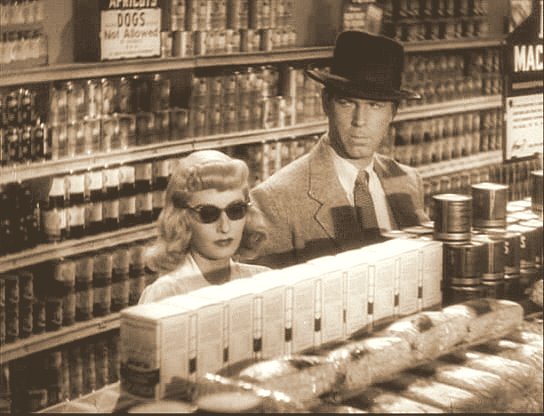
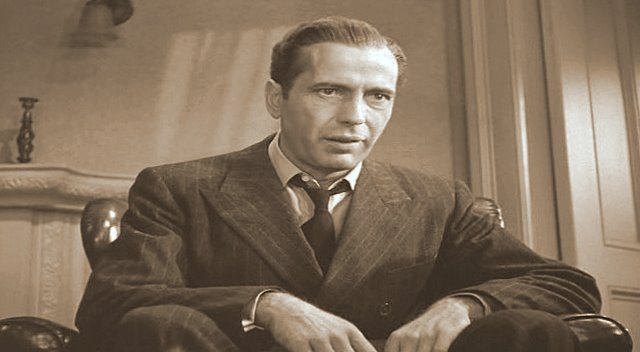
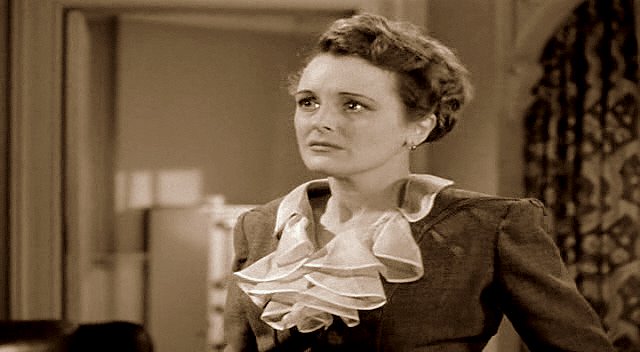

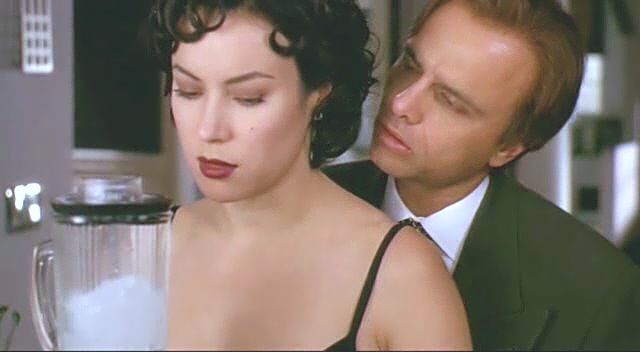


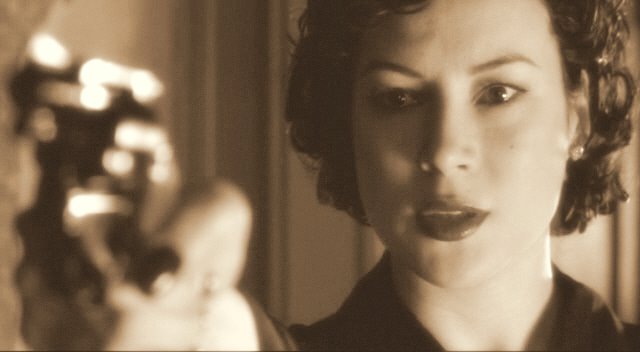
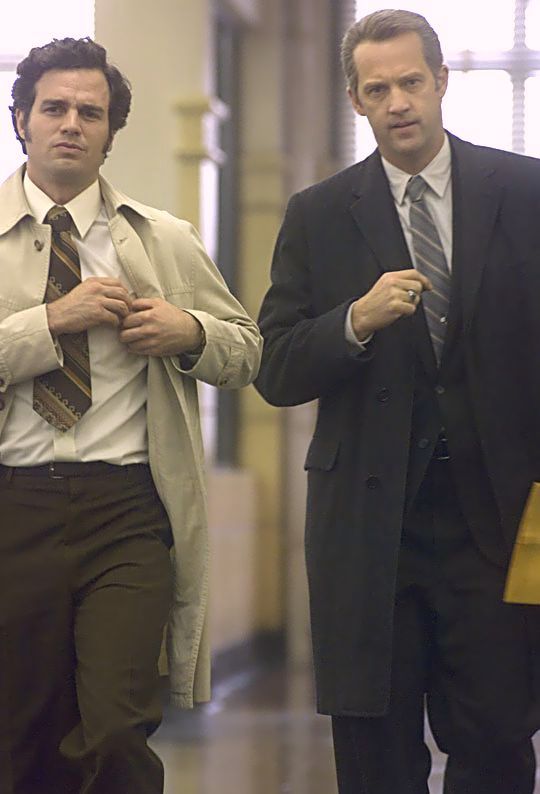


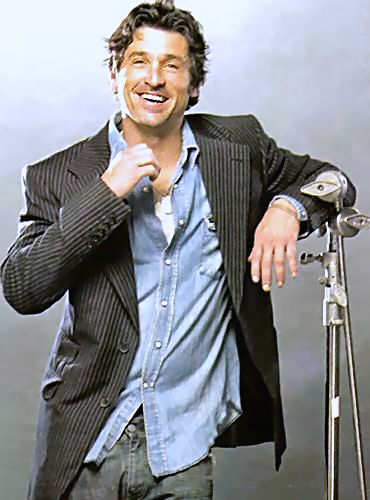
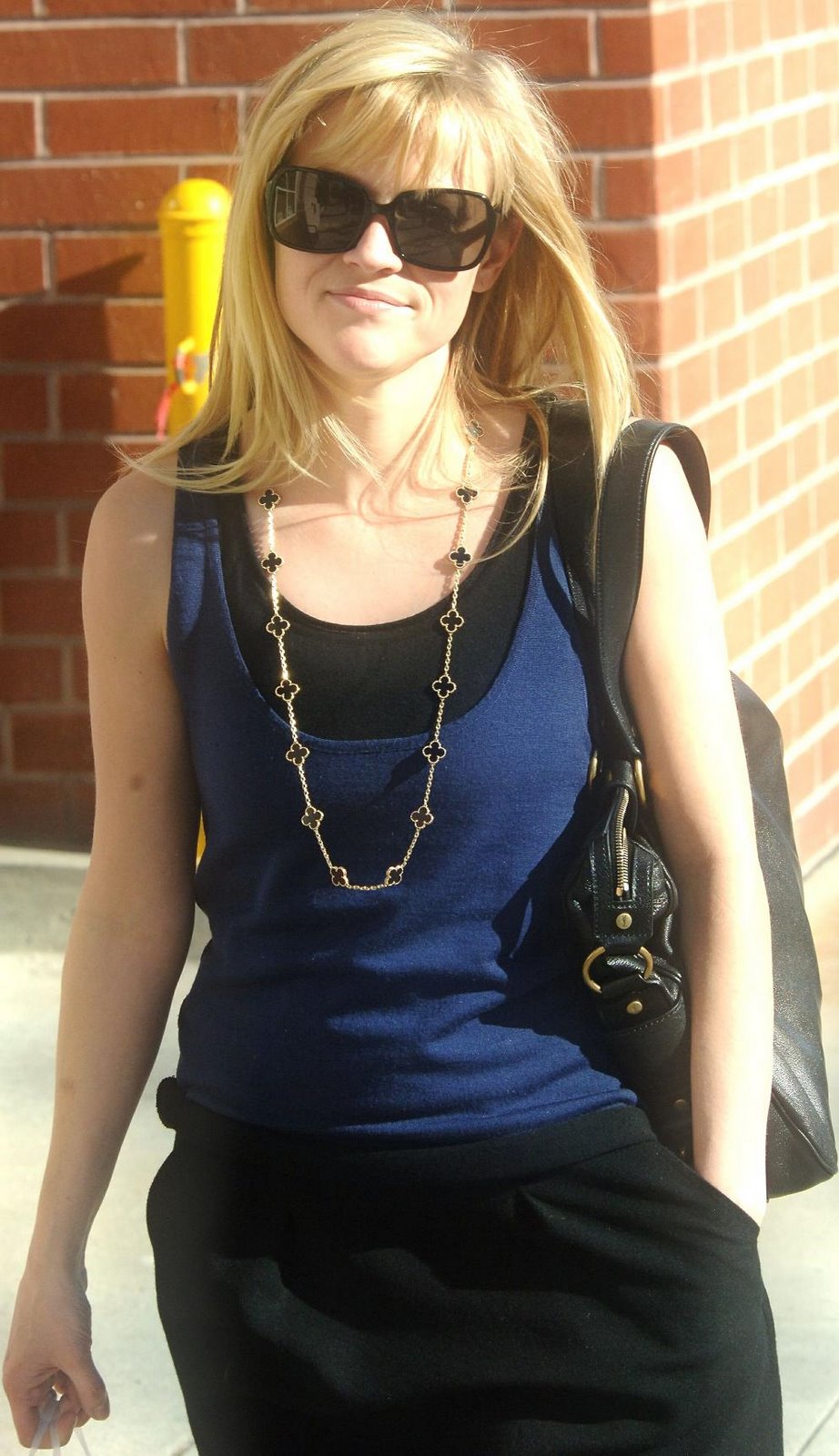
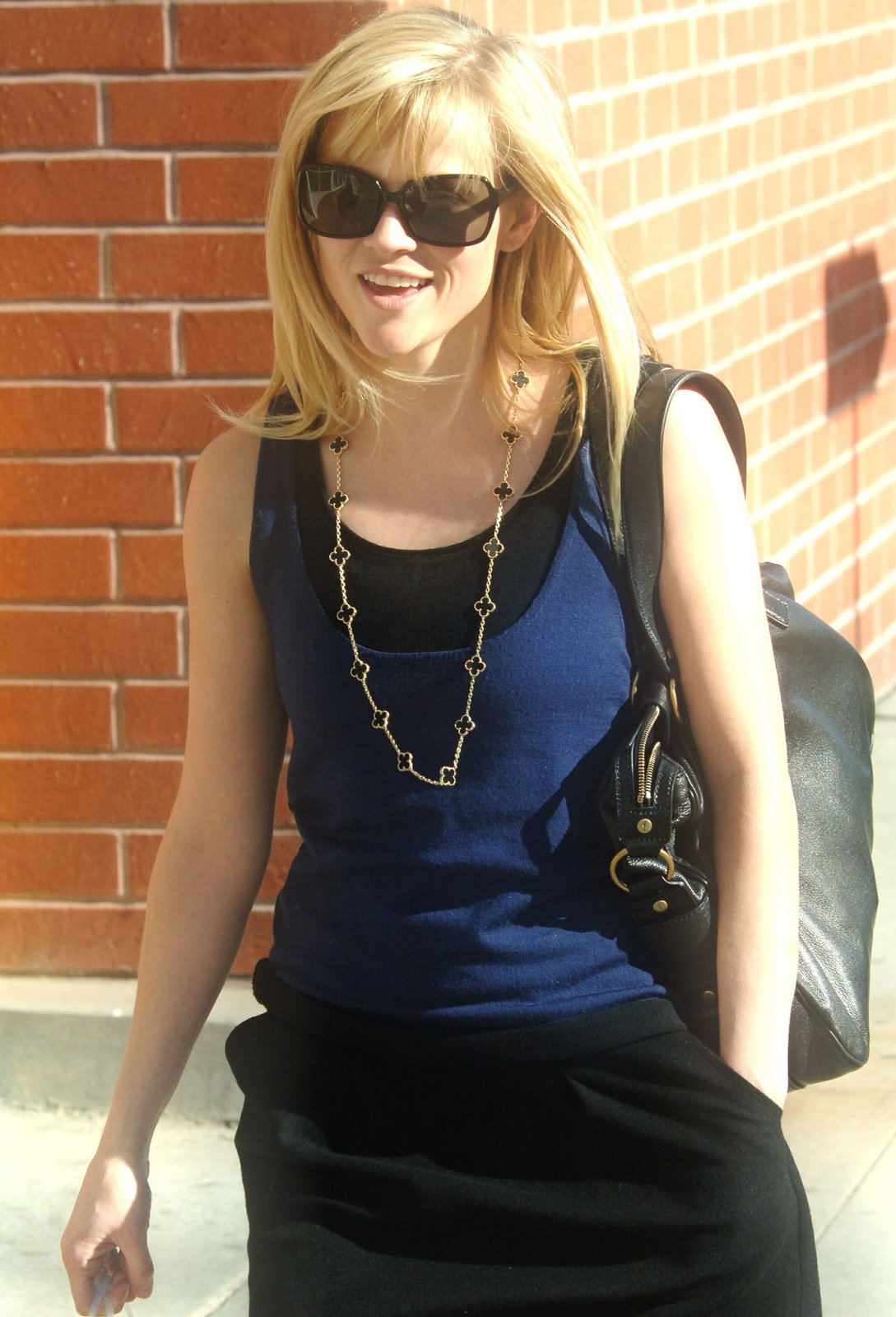
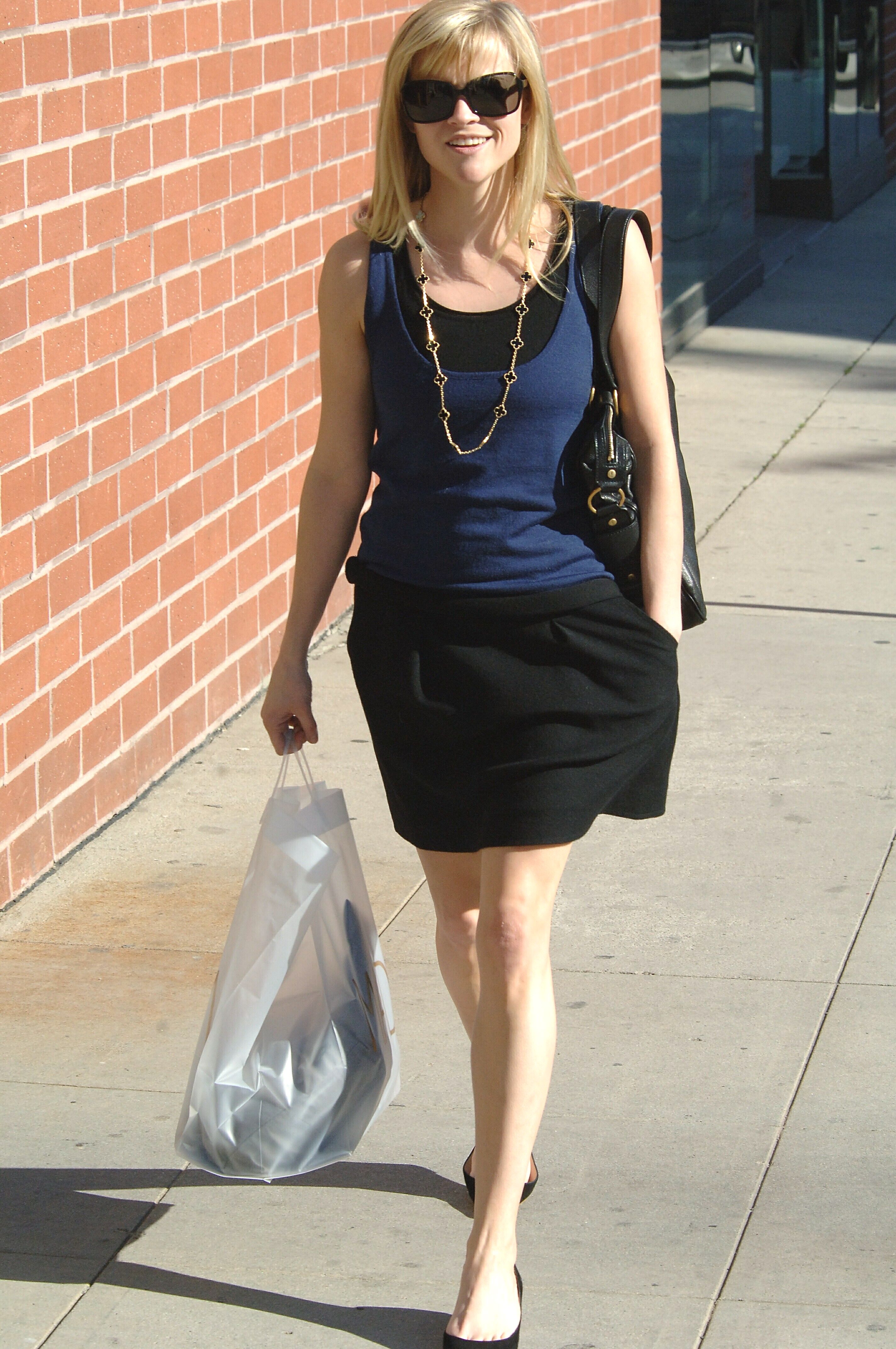

-(c)-Ma.jpg)




